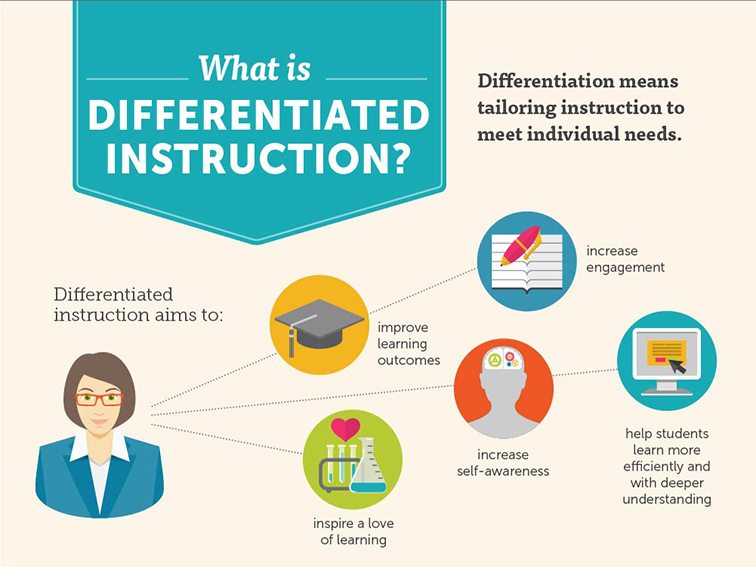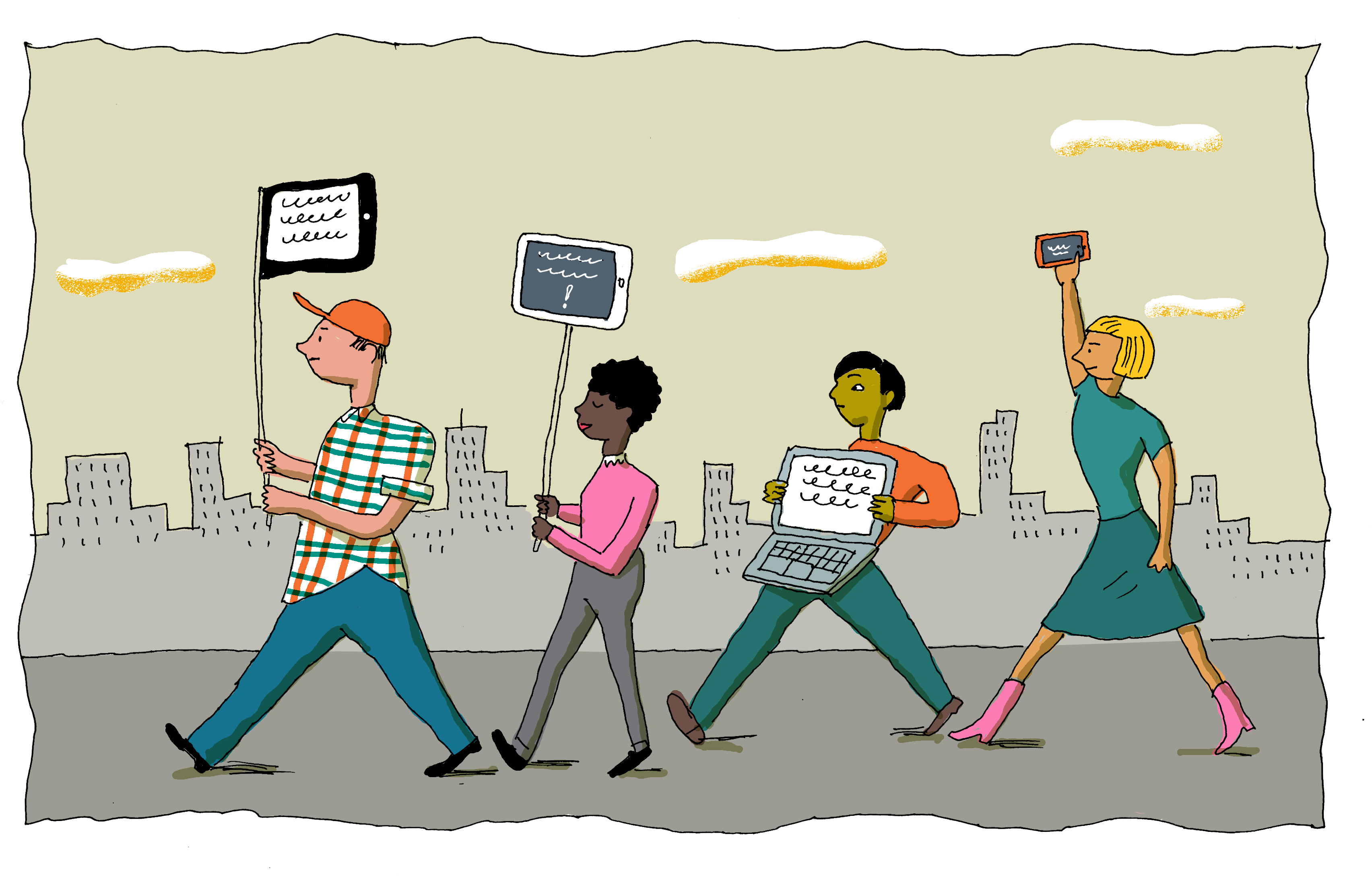- Teacher selected list of 20 vocabulary words from one or more of the subject lists or the lists for morphological patterns.
- Word Sort Cards
- Cognate chart(s) of the vocabulary words in English and the cognates listed in other dominant languages used in the classroom community.
- Student reference materials such as student dictionaries, thesauruses, and other curricular resource materials that list words, their definitions, morphology, syllabication, synonyms, and antonyms.
Brief Description:
Students engage in Word Sort activities to review and draw connections between words from a specific Unit of Study.
Lesson:
- The teacher selects a list of 10-20 relevant words from the Word Bank Lists, print out this list as a Word Sort Card, and make multiple copies for students to study.
- Allow 15 to 20 minutes for the student teams (either pairs or small groups) to assign the words to the appropriate categories. Students must be prepared to defend their sorting of the words. They must know the common features of each category and how each word fits into the category.
- Conduct a class discussion with each group presenting their word list for one of the categories. Require the students to defend their sorting of vocabulary words by asking about the common features of the categories and how each specific word meets these criteria.
- Finally, make sure that each student copies the category titles and the Word Sort words onto the word sort graphic organizer. Sometimes when there is a crossover between words such as in the example involving angles and triangles, a Venn diagram works well. In this case, offer students the word sort venn-diagram.
First, the teacher must decide between the two types of Word Sorts:
closed or
open.
a. Closed Word Sort – The teacher provides the categories (and the specific features of each) to the students. The students then match the words with the features of each category to create the word collections.
b. Open Word Sort – The teacher provides only the list of words. Students work together to decide upon the common features and describe the categories.
- In a Closed Word Sort, the teacher would give students two or three morphological categories.
For example: The teacher gives students the following morphological categories:
Teacher: These are words from our geometry unit that end in the suffix “-gon” and “ular”. You will use this graphic organizer to make words that we are studying in our geometry unit.
Students have to sort the following list of root words into the correct category: poly, angle, rectangle, triangle, hexa, circle, penta
The word sort graphic organizer that students make will look something like this with only 2 of the columns used:
|
gon
|
ular
|
|
polygon
hexagon
|
angular
rectangular
|
3. Sometimes, adding on a suffix requires students to memorize and apply a spelling rule. The teacher must be prepared to teach the rule. For example, the teacher must teach students the spelling rule for adding on the suffix “–ular”. Students need to learn to drop the final “–le” (on words like rectangle or circle) in order to add on “–ular”.
4. It is important to either provide the definitions for the suffixes or have students research the meanings of the suffixes. Students can have a rich conversation about how:
“-gon” means “angle”
“-ular” means “relating to or resembling”
To increase students’ consciousness and awareness of words, it is important to talk about how suffixes and prefixes change the meanings of words.
Ask questions about the affixes. For example, in the example, questions to incorporate in a discussion include:
- What other words have these suffixes? (In the above example, examine words like dragon, wagon, octagon, spectacular, singular, cellular, and regular.)
- Do the suffixes hold the same meaning when added to the root word? Students might think that the word “dragon” has the suffix “-gon”. However, the word “dragon” actually comes from Latin “draconem” meaning “huge serpent”.
- If the suffix does not hold the same meaning, what does the word mean?
- When adding the “-ular” suffix, does the same spelling rule consistently apply to remove the “-le” and then add “-ular”? Or are there exceptions?
5. In an Open Word Sort, the teacher can give students a list of words such as: base, formula, cubic, basic, toxic, formulaic, acid, cube, acidic, toxin
6. Students work together in small groups to come up with the categories that fit these words. The can also describe the spelling rule (if any exists) that must be applied to add the suffix or prefix onto the word.
7. Many prefixes need to be thought about before teaching them to students. For example, if you are teaching the prefix dis-, consider the following list of words:
display
dispatch
disrespect
disagree
dislike
disable
distrust
disappear
disobey
discovery
disturb
disease
Dis- means “not” or “the opposite of”
In the words, when does the prefix mean “not” and when does the word mean something different such as in the word “display”? “Display” does not mean “not play” unlike “disagree” which does mean “not to agree.”
This can be quite confusing to students. Therefore, teachers need to be prepared to have rich discussions about these words.
Students can be very interested in the reasons for the exceptions. The teacher can guide students to explore the origins of these exceptional words. For example, “display” comes from Latin “displicare” which means “to unfold”. It is not a derivation of the word “play”.
8. If sorting words based on morphology, do not use more than 2-3 prefixes or suffixes at one time or it could confuse students. However, it is possible to mix one prefix and one suffix.





